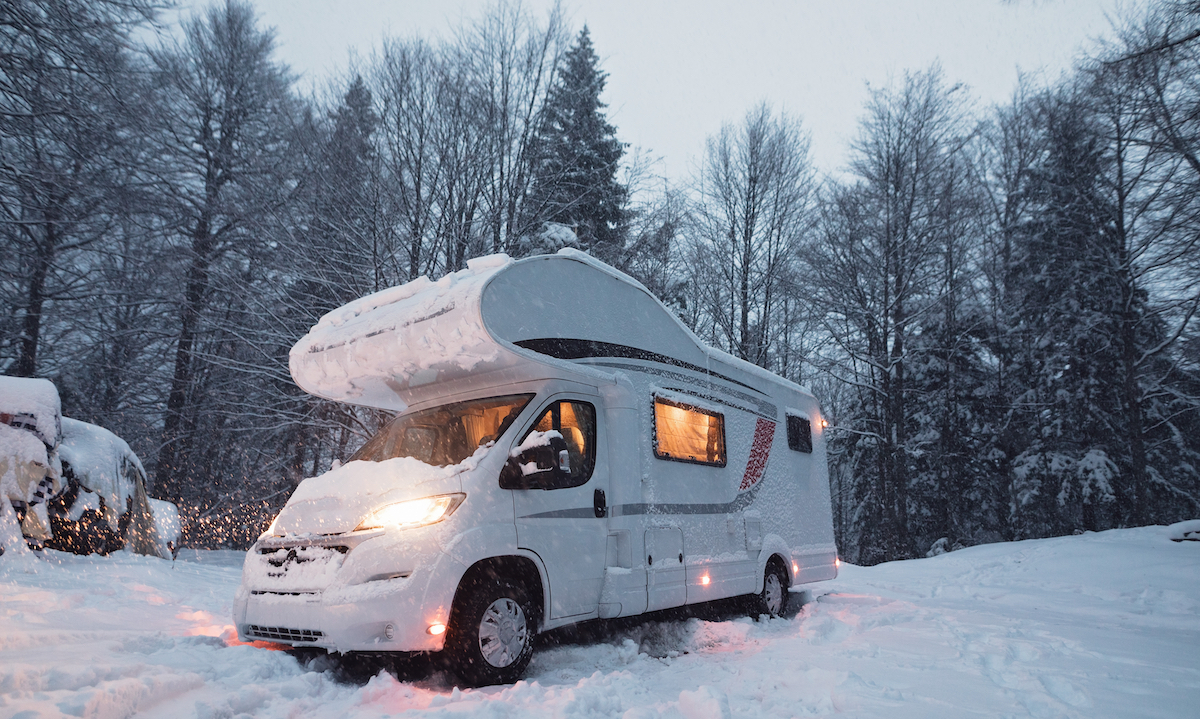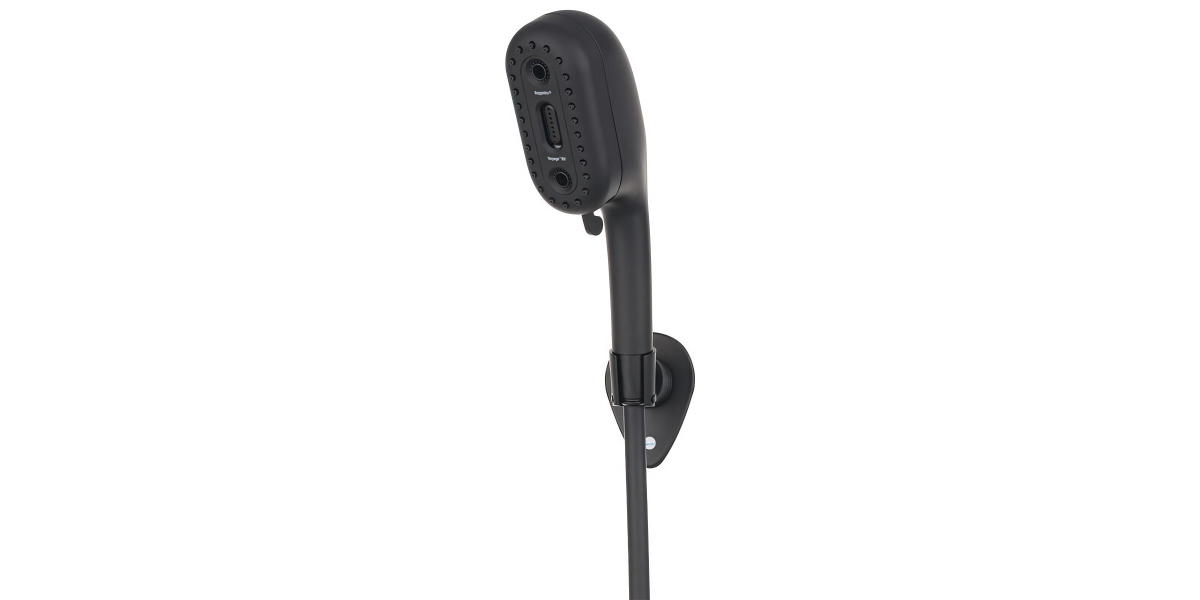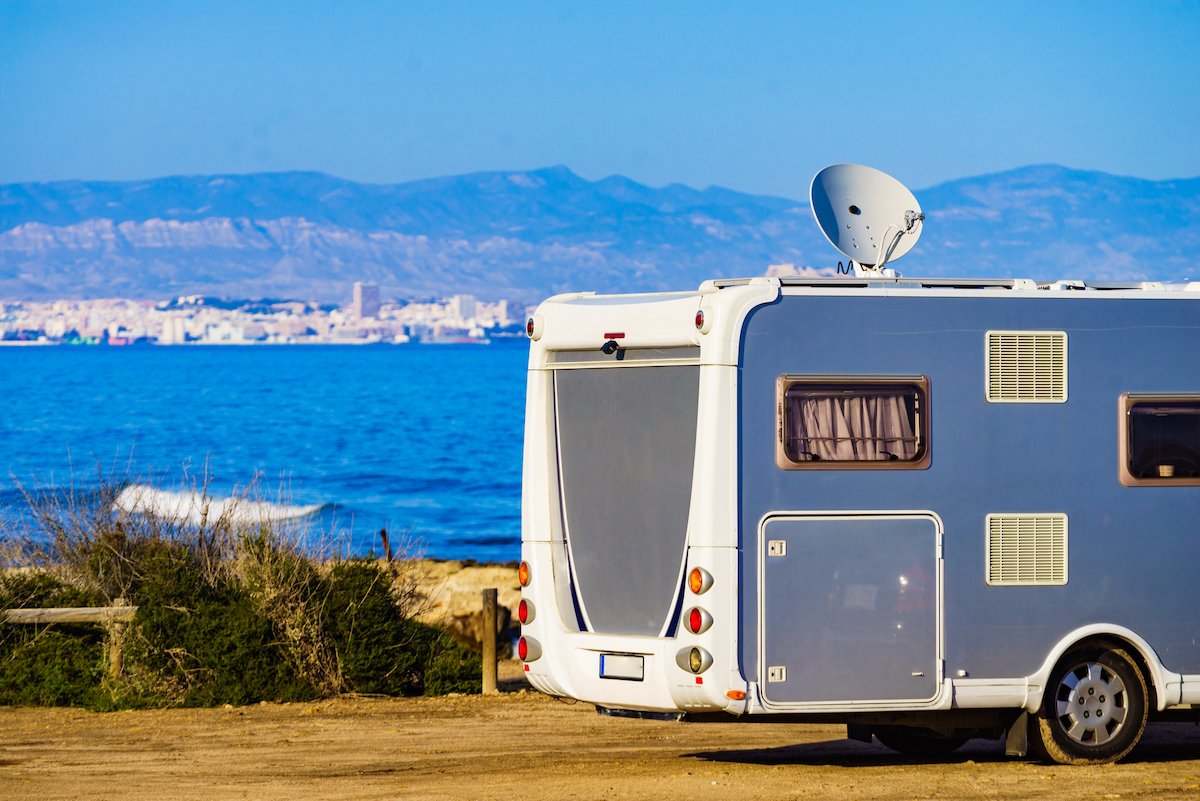How to Stay Safe in a Roadside Breakdown: 10 Essential Steps
A roadside breakdown can happen to anyone—whether you’re commuting, roadtripping, or just running errands. It can happen when driving a car, towing a camper, or maneuvering a motorhome.
Knowing how to stay safe during a vehicle or RV breakdown is important for protecting yourself, your passengers, and other drivers.
These 10 key steps will help you stay safe and get the help you need during a roadside breakdown:
1. Calmly Assess the Situation
As soon as you notice signs of a breakdown (strange noises, dashboard warning lights, loss of power), stay calm. Don’t panic or make sudden moves.
Keep your hands on the wheel and begin scanning your surroundings for a safe spot to pull over.
Tire blowouts can be especially scary. When tire issues arise, it’s even more important to follow the guidance above to calmly get off the road.
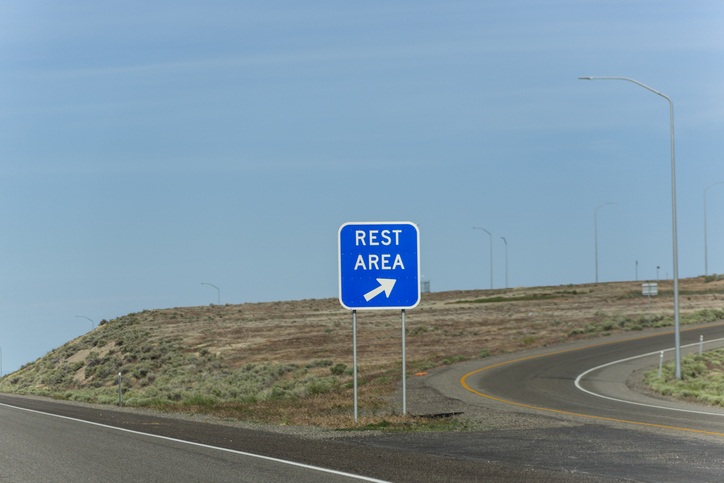
Image Source: Getty Images
2. Move to a Safe Location
Exit the road if possible—ideally to a wide shoulder, emergency lane, rest stop, or nearby parking lot.
If you’re on a highway or interstate, try to pull over to the right side, as it’s always safer than the left.
Do your best to avoid blind curves, bridges, or narrow shoulders.
If you’re unable to get to your stopping location of choice, get your vehicle to the safest location you can. Then, call your roadside assistance provider and the proper authorities for guidance before exiting your vehicle.
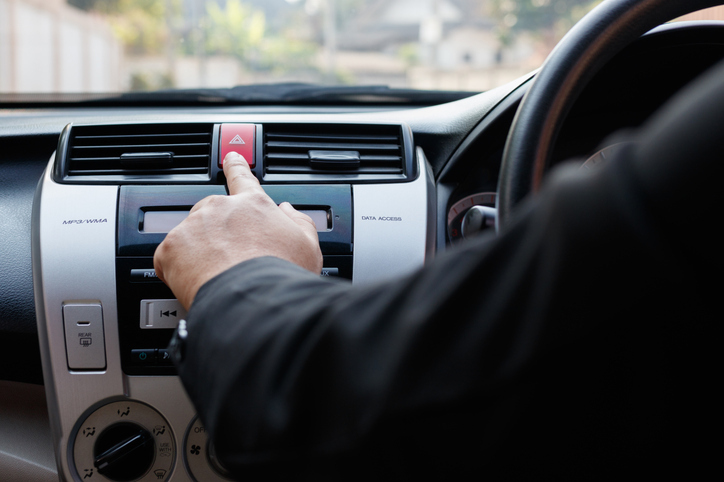
Image Source: Getty Images
3. Turn On Hazard Lights Immediately
Once safely stopped, turn on your hazard lights (AKA emergency flashers) to alert other drivers.
Most states have laws that require passing drivers to slow down or move over for vehicles on the side of the road. Hazard lights help announce your presence so approaching drivers have time to create a buffer zone.
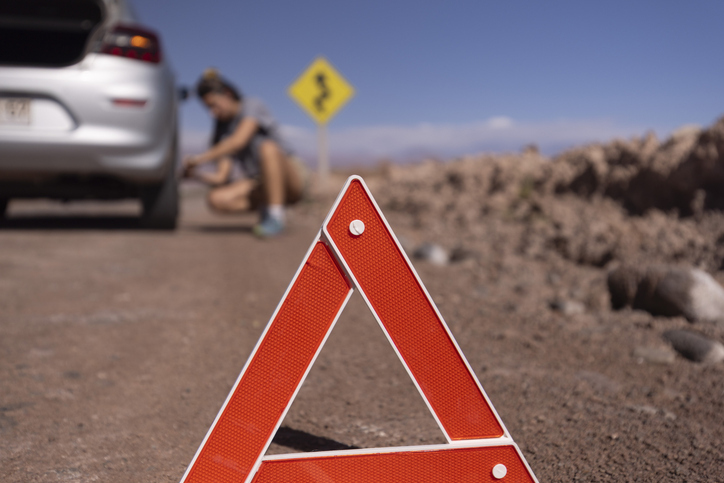
Image Source: Getty Images
4. Use Roadside Warning Devices
Assuming you’ve stopped in a safe place, it may be necessary to place extra caution signs for other motorists. This is especially important at night or in inclement weather.
Place reflective triangles or LED flares at least 10–15 feet behind your vehicle to increase visibility.
5. Stay Inside the Vehicle (If Safe)
As a general rule, the safest option during a roadside breakdown is to stay in your vehicle with the seatbelt fastened and wait for roadside assistance and/or the authorities to arrive.
There are major exceptions to this. If there’s smoke, fire, or other seemingly dangerous situations coming from your vehicle, you should find a safe way to exit your car or RV as quickly as possible.
If you feel your vehicle is stopped in an unsafe spot, call the authorities immediately and follow their guidance.
Always be aware that exiting your vehicle near fast-moving traffic can be extremely risky. That’s why it’s best to avoid the situation whenever possible by calling in professional help.

Image Source: Getty Images
6. Call for Roadside Assistance or Emergency Services
If you feel unsafe during a breakdown, you should first dial 911 and follow their recommendations.
Once you feel safe, roadside assistance programs are the most cost-effective way to get help for breakdowns. They offer services like fluid delivery (e.g. gas), jump starts, lock out services, tire delivery and replacement, towing services, and more.
Towing services can be quite expensive if you have to pay for them on your own. This is especially true for RVing.
If you’re towing a trailer and your truck breaks down, you would need to have both vehicles towed.
Motorhomes, in particular, require specialized tow trucks that cost a fortune to hire without the right roadside coverage.
Choose an RV-friendly roadside assistance plan for covered towing no matter your setup. Save their number to your phone and keep your plan info in your glove box so you don’t lose time searching.
7. Keep Doors Locked and Windows Partially Closed
If you’re stranded alone or in an unfamiliar area, lock your doors and crack open your windows just enough for ventilation (if needed).
Try to avoid accepting help from strangers and wait for your roadside assistance crew or other authorities to arrive.
8. Share your location with loved ones
Roadside assistance programs will first ask you if you’re safe, and they’ll then ask you where you are so they can track help getting to you.
Add an extra layer of protection by using apps like Google Maps, Apple Find My, or Glympse to send your exact location to a friend or family member.
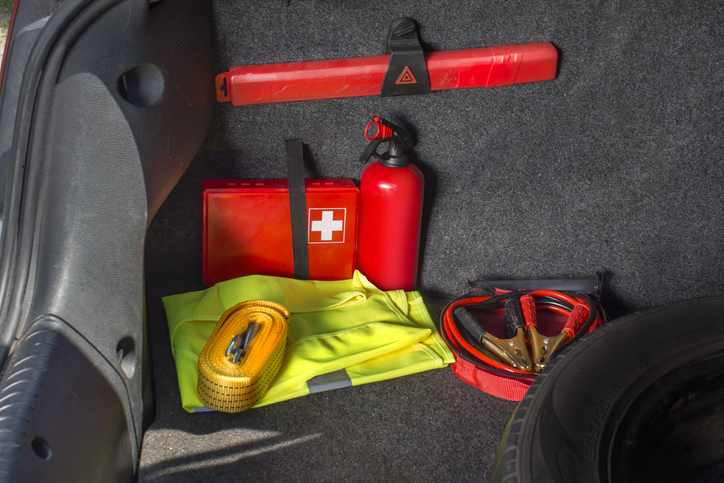
Image Source: Getty Images
9. Be Prepared with an Emergency Kit
Every vehicle should be stocked with a basic roadside emergency kit that includes:
- Jumper cables
- Flashlight and batteries
- First-aid supplies
- Reflective triangle/flares
- Bottled water and snacks
- Blanket or emergency poncho
- Multi-tool or wrench
10. Wait Patiently and Monitor the Situation
While waiting for help to arrive, stay alert and monitor traffic around you. If the breakdown happens at night, keep interior lights on if it is safe to do so and conserve your phone battery.
Don’t attempt DIY repairs, especially on large RV and trailer tires. Roadside assistance providers are available 24/7. They offer an affordable and safe way to get help during a breakdown.
FAQs for Roadside Breakdown Safety
Get answers to the most common questions asked during a roadside breakdown.
What should I do first when my car breaks down?
Turn on your hazard lights and safely pull over to the side of the road or to another secure location. Once stopped, stay calm and assess the situation before calling for help.
Who do I call if my car breaks down?
Call roadside assistance if you’re a member. If you’re in danger of blocking traffic, call 911 immediately.
Is it safe to get out of my car or RV on the highway?
Only get out if it’s absolutely necessary and safe to do so. High-speed traffic can be deadly. If you’re on a busy road, it’s usually safer to stay inside with your seatbelt on and wait for help.
How can I share my location with friends and family?
Use your phone’s GPS features:
- Google Maps: Tap the blue location dot > “Share your location”
- Apple Find My: Use the “Share My Location” option
- WhatsApp/Signal: Use the location pin in chat
Should I accept help from strangers?
Use caution. Politely decline and tell them help is already on the way. Stay in your car with the doors locked unless you’re 100% sure it’s safe.
Can I fix a roadside breakdown myself?
As a general rule, it’s best to call roadside assistance and wait for them to arrive. If you believe the breakdown is dangerous to your or others, call 911 immediately.

Photo source: Jenna Kahn
Final Thoughts
A vehicle or RV breakdown can be nerve-wracking, but following the roadside safety tips above can prevent accidents, injuries, or worse. Always prioritize visibility, communication, and caution when stranded on the road. Whether it’s a flat tire, dead battery, or engine failure, preparation and calm action are your best defense.
The best preventative medicine for breakdown stress is a reliable roadside assistance plan. These plans are affordable and offer professional help to get you safely on your way.
The post How to Stay Safe During a Roadside Breakdown appeared first on RV.com.
